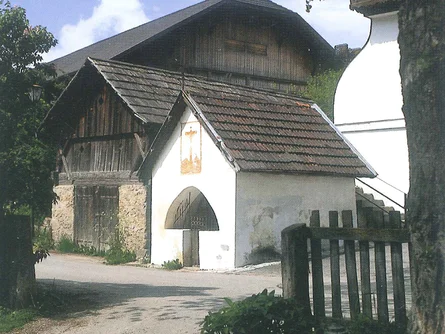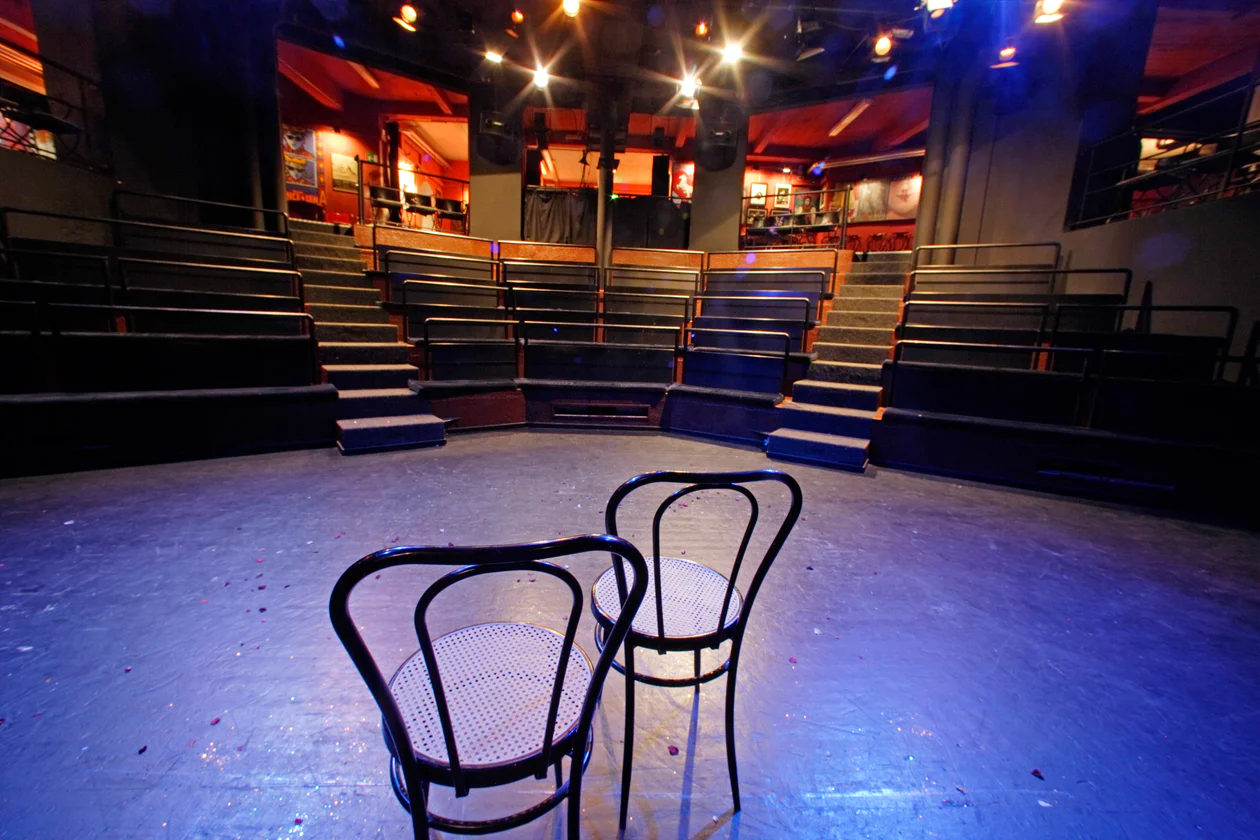Es gibt keinen Ort in Südtirol, in dem keine Kirche steht: Christlich geprägt, gibt es hierzulande eine große Dichte an Kirchen und Kapellen, Klöstern und Abteien, die ältesten davon bereits aus der frühchristlichen Zeit. Entlang viel frequentierter Wege, die bereits im frühen Mittelalter als Verbindung zwischen Nord und Süd dienten, entstanden Kapellen als Schutz für Reisende, Hospize und Kommenden für Ritterorden. Dazu kamen Klöster auf dem Land und in Städten, größere Kirchen und Kathedralen. Heute sind weit über 250 Kirchen erhalten und zugänglich. Besuchen Sie diese in kultureller, künstlerischer und kunsthistorischer Hinsicht interessanten Bauwerke, die Zeugen einer wechselvollen Geschichte sind.
First mentioned in 1322, the church, with its walls and works of art, tells of times gone by and living tradition. Originally dedicated to St Peter and St Jakobus, later only to St Peter, and today to St Peter and St Paul - the history of the patron saints reflects the development of this sacred building.
On entering the church, the pointed arch-shaped main portal catches the eye, with its star-shaped vault dating from the first half of the 15th century. The choir, as you see it today, was built around 1664 and impresses with its three-sided apse. A special highlight can be found in the choir: a small, artistic sandstone statue of St Peter.
The 35 metre high tower from the 15th century houses six bells that carry the sound of faith far into the valley. There is much to discover inside the church: The valuable Stations of the Cross date back to 1747 and the colourful frescoes, created by Karl Joh. Henrici in 1794, tell stories from the Bible and invite you to linger.
The works of art from modern times also fit harmoniously into the story: The sculptor Friedrich Gurschler created the altar, the baptismal font and the lectern, while H. Peter Fellin painted the impressive altarpiece depicting the Most Holy Trinity - with the Virgin of Protection, embedded in the mountain landscape of the Rosengarten|Catinaccio, Schlern|Sciliar and Steinegg|Collepietra.
Another highlight are the colourful stained glass windows, designed by Prof. Widmoser and masterfully realised by the artist Ulrike Peer Huber. The Stations of the Cross were carved by Jakob Oberhollenzer and the church patrons, St Peter and St Paul, were created by Matthias Resch from Steinegg.
In the basement of the church you will find the Museum Steinegg and the Chapel of the Resurrection - a quiet place for contemplation. The cemetery, which is one of the most beautiful in South Tyrol, impresses with its artistically forged crosses and radiates a special tranquillity.
Useful information:
The church is always open during the day and is barrier-free.
Masses are always held on Saturdays at 7.30 pm and on Sundays at 7.00 am and 10.00 am.































































